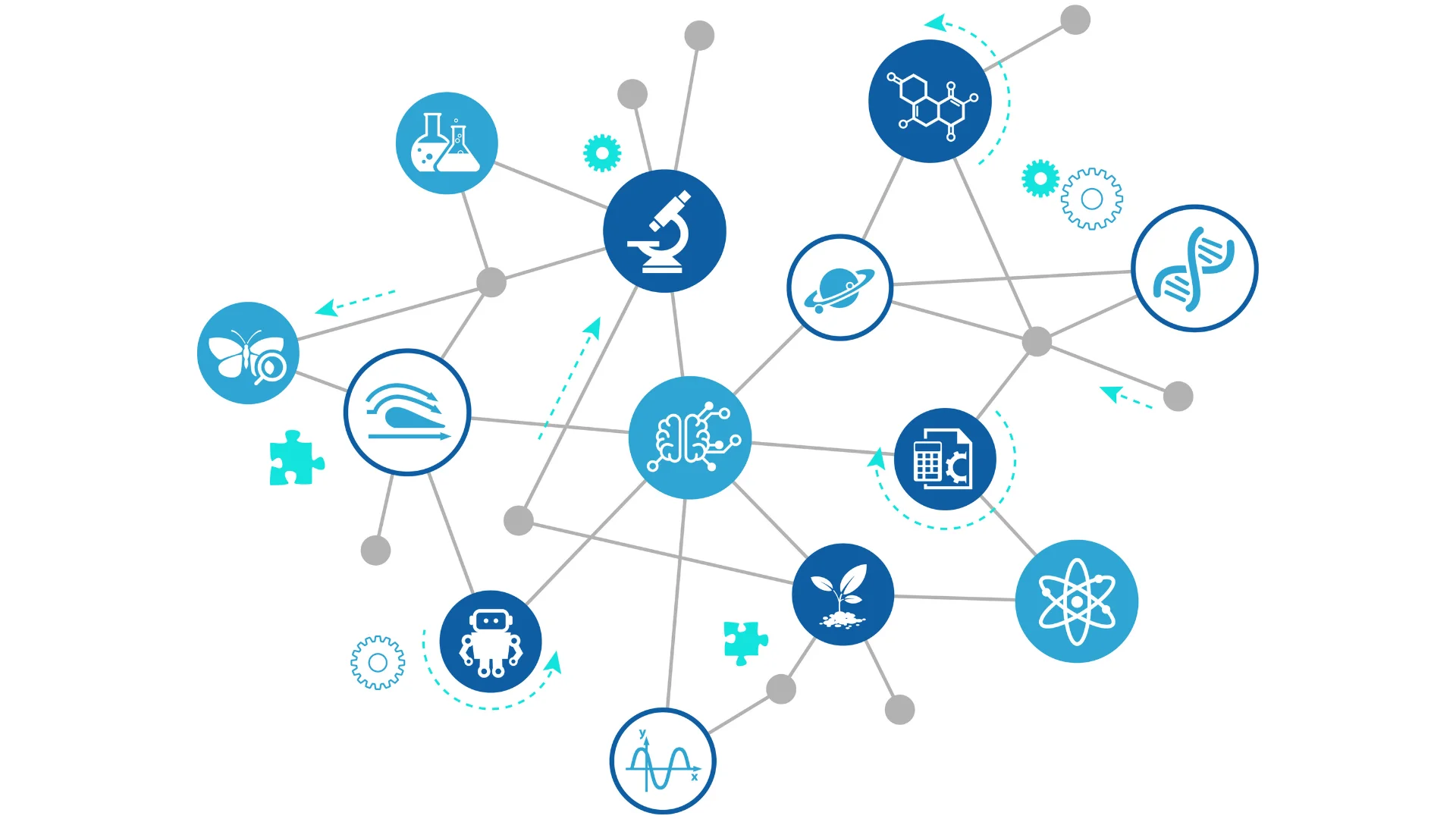
Clinical drug development progresses with the conduct of clinical trials, with different phases of clinical trials focusing on different aspects of the development process. Phase 1 clinical trials, including first-in-human studies, evaluate the safety and dose range of a New Chemical Entity (NCE) or an Investigational Medicinal Product (IMP). Next, clinical drug development proceeds with Phase 2 clinical trials, which provide additional safety data in patients with the disease of interest and initial efficacy data that inform further drug development. Phase 3 clinical trials, which are larger and longer in duration, deliver efficacy data and can help identify less common adverse events. After regulatory approval is obtained, Phase 4 trials can be employed for post-marketing monitoring of the safety and efficacy of the new drug. All phases of clinical trials are associated with inherent complexity, and both the volume of collected data and the number of employed procedures have shown a tendency to increase over time.
Notably, Phase 1 clinical trials play a crucial role not only in establishing the safety, initial dose range, and pharmacokinetic profile of an NCE or IMP but also in laying out the groundwork for the success of later stages of clinical drug development. In addition to safety, dosing, and pharmacokinetic data, Phase 1 clinical trials can also deliver proof-of-concept pharmacodynamic information.
Clinical trial study design for Phase 1 trials should reflect their complexity and should collect information that can be used to design successful Phase 2 and 3 clinical trials. In addition, based on the characteristics of an NCE or IMP, potential concerns may already be identified and explored in Phase 1 trials. For example, for NCEs or IMPs that will require thorough QT (TQT) studies, determining their supratherapeutic dose in a Phase 1 trial can facilitate the design of the TQT study or QTc prolongation may already be confirmed in the Phase 1 clinical trial itself. In addition, information obtained in Phase 1 clinical trials can inform the design of human abuse potential (HAP) studies for NCEs that are expected to affect the central nervous system.
To efficiently accomplish the clinical trial study design of complex Phase 1 studies, working with an experienced clinical research partner is of paramount significance. BioPharma Services is an experienced, full-service, Phase 1 clinical research organization (CRO) that has successfully completed over 2,000 clinical trials and has been acknowledged with over 20 awards and recognitions.
Phase 1 clinical trials aim to collect important information regarding an NCE or IMP, including:
Safety Data – The primary goal of Phase 1 clinical trials is to assess the safety and tolerability of an NCE or IMP.
Dose Range – The gathered information helps to determine the appropriate dose range for later-phase trials.
Pharmacokinetic Profile – Phase 1 clinical trials play a key role in elucidating the pharmacokinetic characteristics of an NCE or IMP, including their absorption, distribution, metabolism, and excretion.
Proof-of-concept Pharmacodynamic Information – Even though the pharmacodynamic profiles of NCEs and IMPs are primarily elucidated in later-phase clinical studies, proof-of-concept pharmacodynamic information may already be collected during Phase 1 clinical trials.
Clinical trials may be performed with normal healthy volunteers (NHVs), individuals from special populations, or individuals with the disease an NCE or IMP is being developed to treat. Most Phase 1 clinical trials are conducted with NHVs. However, in certain instances, such as in oncology trials, patients with the disease of interest are included already in Phase 1 clinical trials.
To ensure that the choice of the study population is aligned with the needs of the clinical trial, strict inclusion and exclusion criteria should be defined in the clinical trial study design.
